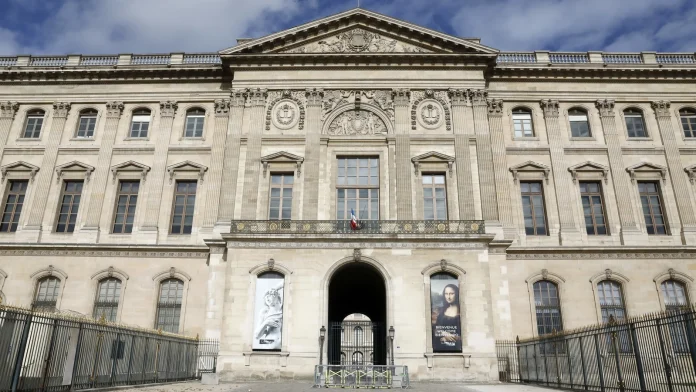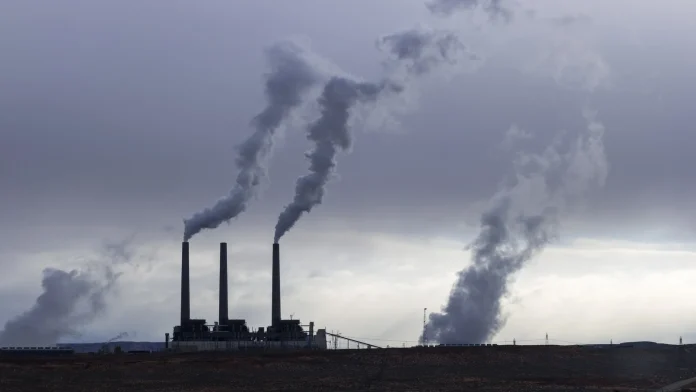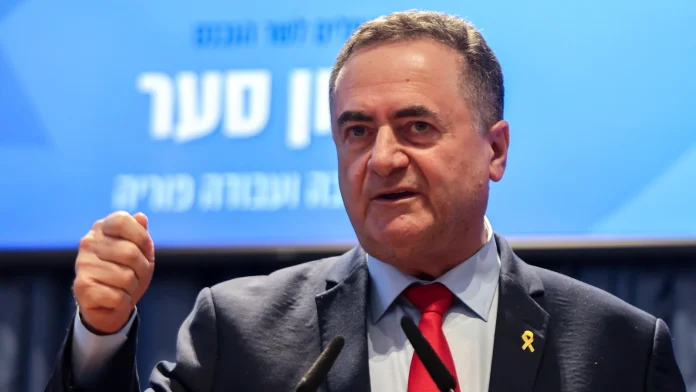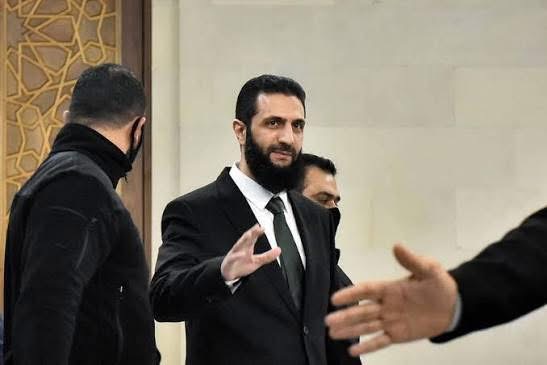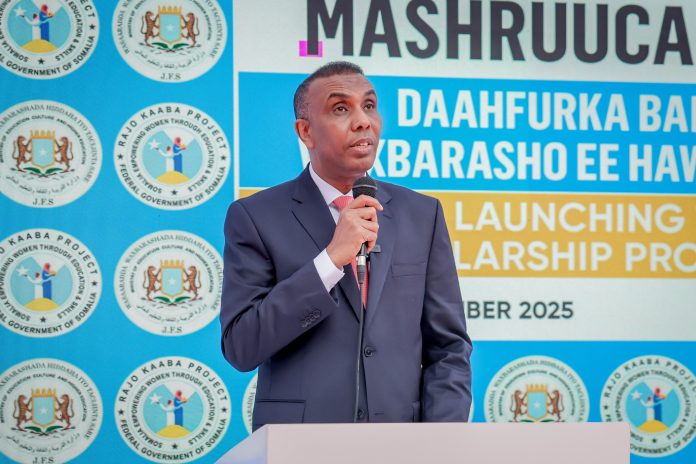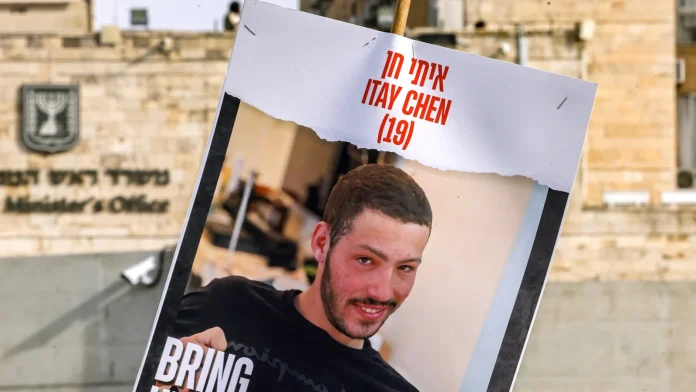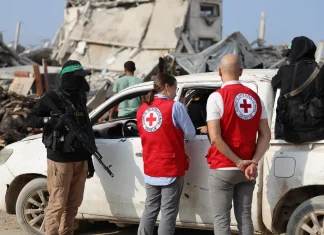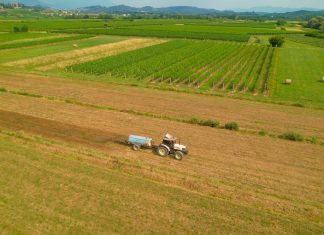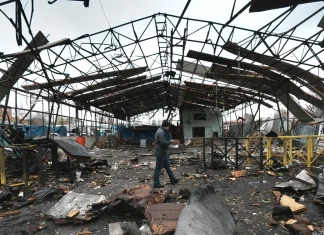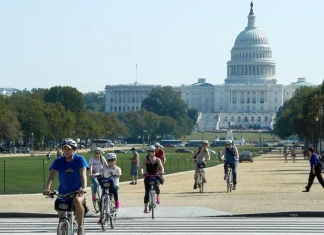When the Louvre’s Silence Was Broken: A Daylight Heist and a Museum’s Reckoning
On an ordinary Wednesday in Paris, beneath the glass pyramid and the soft buzz of camera shutters, four thieves walked through a gap in the city’s sense of invulnerability and out again carrying a piece of France’s crown. The jewels they took were not just gemstones; they were symbols—heirlooms of history, spectacle and national identity—valued at around €88 million. The brazen daylight robbery did more than empty a display case. It punctured a myth: that the world’s most-visited museum is an unassailable fortress.
Standing where visitors queue for entry, you can still hear the murmur of Mandarin, Spanish and French. You can smell espresso from a corner cafe and the warm varnish of frames. That is the Louvre’s great magic: it seduces six continents into a single foyer. Yet the audit released this week by France’s Cour des Comptes lays bare how fragile that magic has become—an institution of astonishing cultural and financial heft that has nonetheless let decades of security upgrades drift into the slow lane.
A deafening wake-up call
Pierre Moscovici, who heads the audit court, did not mince words: the robbery is a “deafening wake-up call.” His office’s report reads like a dossier on missed opportunities. A security audit launched in 2015 concluded the museum was insufficiently monitored and not ready for a crisis. Yet more than a decade after that initial warning, the Louvre still had cameras in just 39% of its rooms as of 2024. Major upgrades that might have changed the outcome were only tendered at the end of last year, with completion pushed out to 2032.
Those are jaw-dropping timelines when you picture priceless gems leaving the building before any effective system had time to stop them. Investigators have charged four suspects in the case, but the jewels themselves remain missing—testimony, if you needed it, to the gap between theatrical headlines and operational reality.
What the audit found
The Cour des Comptes’ analysis is both detailed and unflinching. It points to several structural issues that widened the museum’s vulnerability: decades of upgrades deferred, an overzealous acquisition policy that swallowed funds, and a wave of post-pandemic projects that stretched resources thin.
- Only about a quarter of the museum’s vast holdings are on public display, yet acquisition spending has been heavy.
- Investment in digital and information systems has been labelled “chronically underfunded,” undermining internal controls.
- Some recent development projects were launched without thorough technical or financial feasibility studies.
The audit includes ten recommendations: slow down acquisitions, consider higher ticket prices, overhaul governance, beef up IT infrastructure, and strengthen internal control. It’s a strategic reset, but one that requires will as much as money.
Voices from the galleries
“I’ve worked in this wing for 12 years,” said an experienced tour guide who asked not to be named. “We always felt safe—until that day. After the heist, the chatter among staff is different. It’s not just about installations or lines anymore; it’s about whether we can keep the art safe when people come to see it.”
Outside, near the Tuileries Garden, a retiree named Jean—who comes every Sunday to sit and watch people—shook his head. “People think Paris is romantic and museums are sacred,” he said. “But security is like the roots of a tree. You don’t see them until a storm pulls the tree up.”
Security experts contacted for this piece pointed to a global pattern: museums everywhere are balancing accessibility against protection. “The pandemic changed everything,” said Dr. Anna Keller, a museum security consultant who has advised institutions across Europe. “Many places redirected funds to survive. Now, as visitors return, gaps in systems are exposed. The Louvre’s situation is extreme, but it’s not unique.”
Local color and the human geography of risk
Walk the streets around the Louvre and you feel the city’s paradox. Luxury boutiques and cheese shops, buskers tuning accordions—life goes on. Yet planners are talking about anti-vehicle barriers on nearby public roads, new anti-intrusion devices and discreet physical measures that will make the plaza less porous without stripping it of its atmosphere.
That balance is a cultural question as much as a logistical one. How do you fortify a place that has to remain open to the world? How do you secure a painting that is, literally, the Mona Lisa—whose own display has been a study in protective theater since the 20th century?
Beyond glass and cameras: the broader stakes
This theft and the audit that followed force us to ask larger questions. Museums are custodians of national memory, yes, but they are also living businesses, employers, tourist magnets and nodes in a global trade of culture. When one of the planet’s most famous institutions is exposed as underprepared, the ripple effects go far beyond Paris. Insurance premiums for exhibitions rise. Lenders become more cautious about loans of fragile works. Smaller institutions watch and worry: if the Louvre can be hit, who is next?
There’s also a socio-political dimension. The report argues for higher ticket prices and fewer acquisitions—both fraught recommendations. Raising prices could finance improved safeguards, but it risks excluding audiences who rely on affordable access. Slowing acquisitions might pare down the museum’s growth, but at what cost to cultural enrichment and scholarly work?
What needs to happen next
The audit’s message is clear: the money is there, according to authorities, but the Louvre must move faster and smarter. Here are the priorities the report and experts converge on:
- Accelerate the security upgrade schedule and complete installations well before 2032 where possible.
- Invest in information systems and internal controls to modernize monitoring and incident response.
- Reassess acquisitions and budget allocations, with transparent public discussion about priorities.
- Design access and protection measures that preserve the visitor experience while strengthening safety.
Culture Minister Rachida Dati has signaled urgency, and Laurence des Cars, the Louvre’s director, has said she supports most of the recommendations while defending the museum’s long-term transformation plan. Moscovici’s parting note was a push: the institution must “do so without fail.”
What will we accept in the name of safeguarding culture?
As readers around the globe, what are we willing to trade for security? More barriers and higher prices? Fewer new acquisitions and a slower rhythm of cultural exchange? These are not simply administrative questions; they are choices about access, equity and the future of memory itself.
When you next stand in front of a masterpiece—whether in Paris, Lagos, Tokyo or Buenos Aires—think for a moment of the invisible scaffolding that holds it there: funding lines, staff shifts, server rooms, emergency plans. The jewels that left the Louvre that day are more than a headline. They are a mirror reflecting the brittle fault lines beneath institutions we assume will always be there.
And so the Louvre’s silence, briefly broken, may have done us a service. It revealed a truth many of us preferred not to see. Now we must decide how loudly we are willing to respond.


